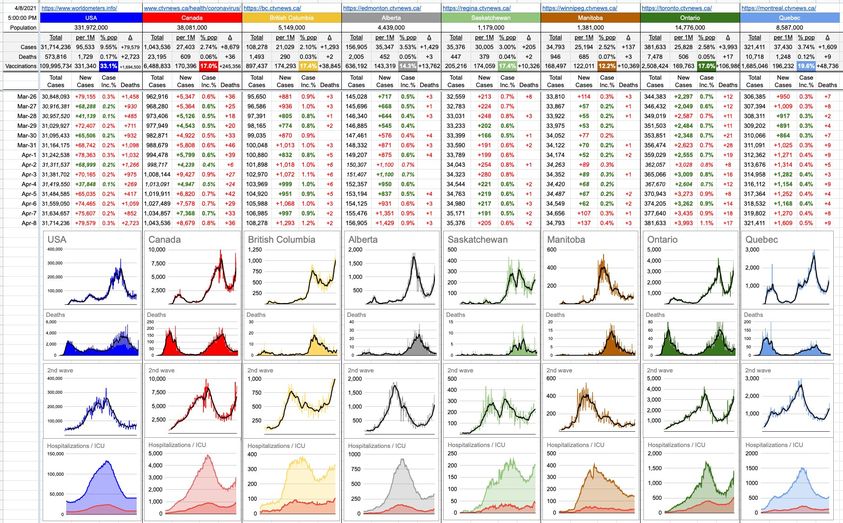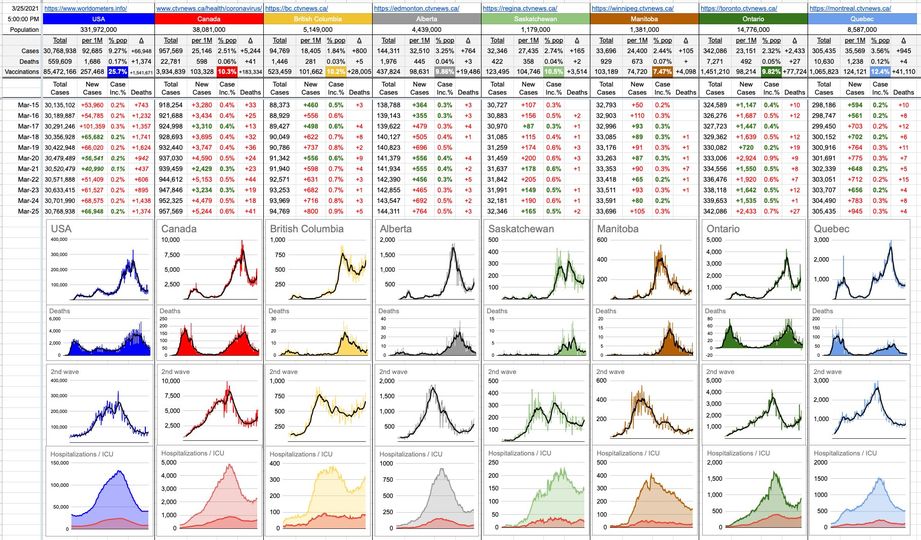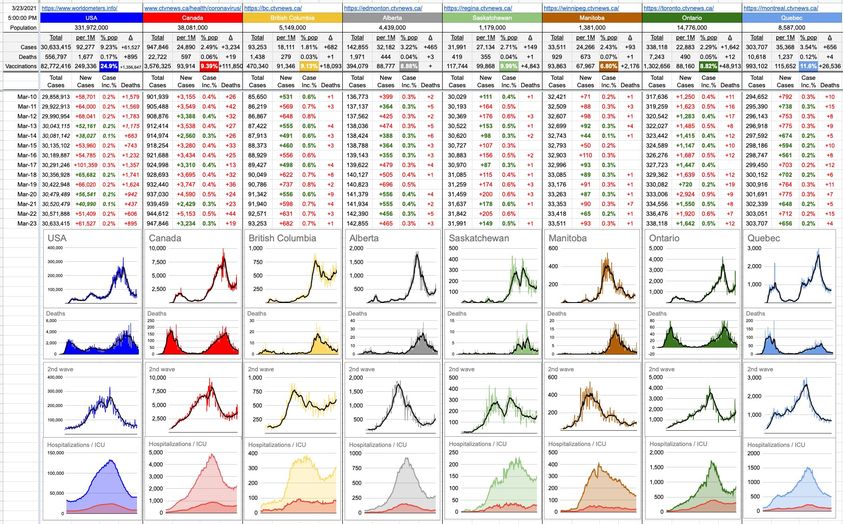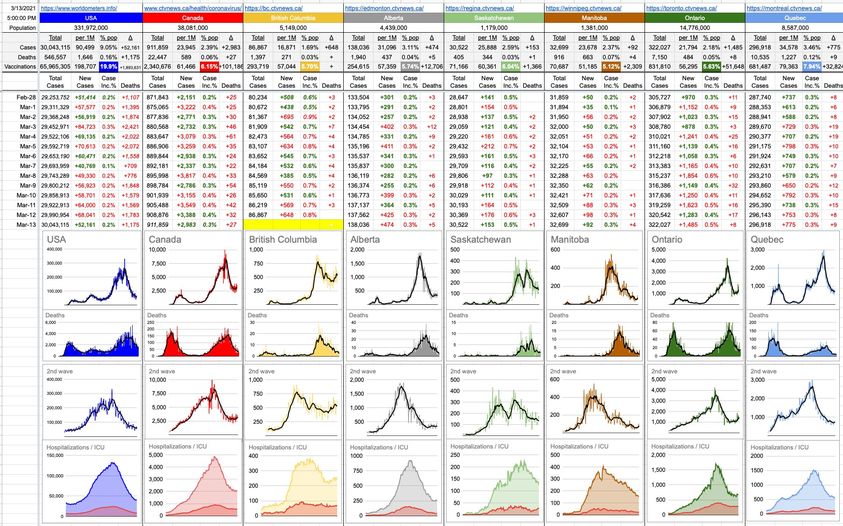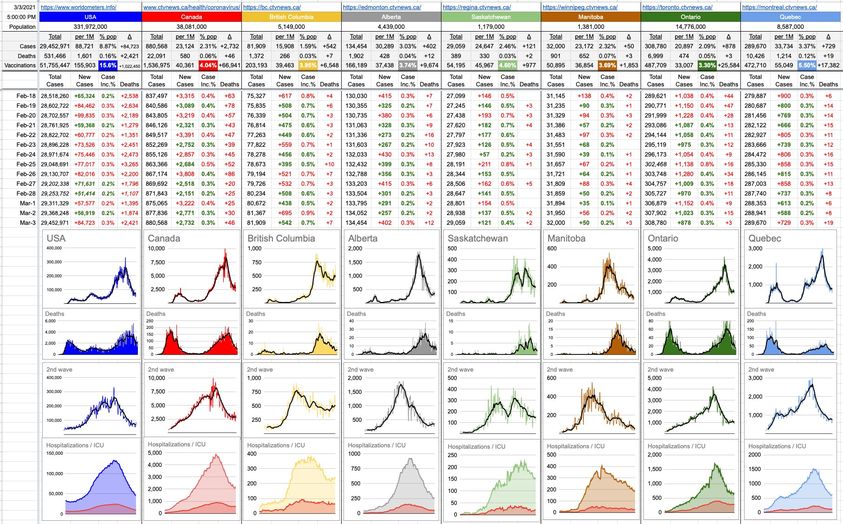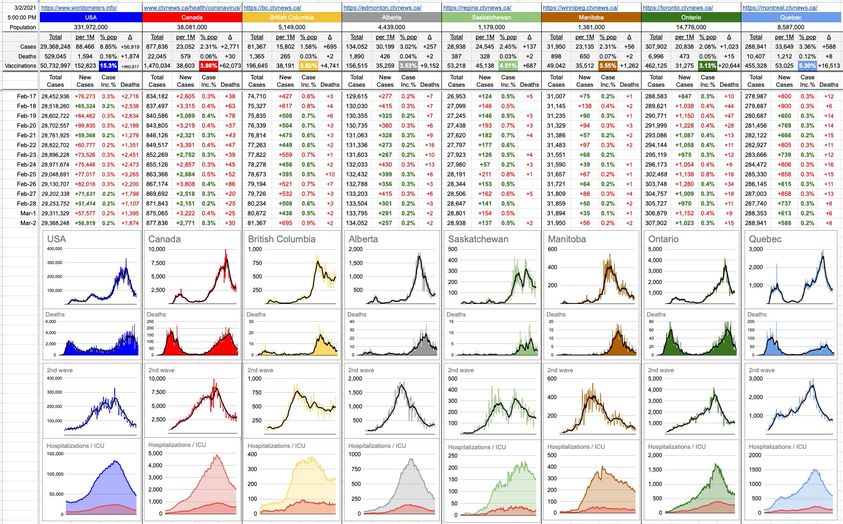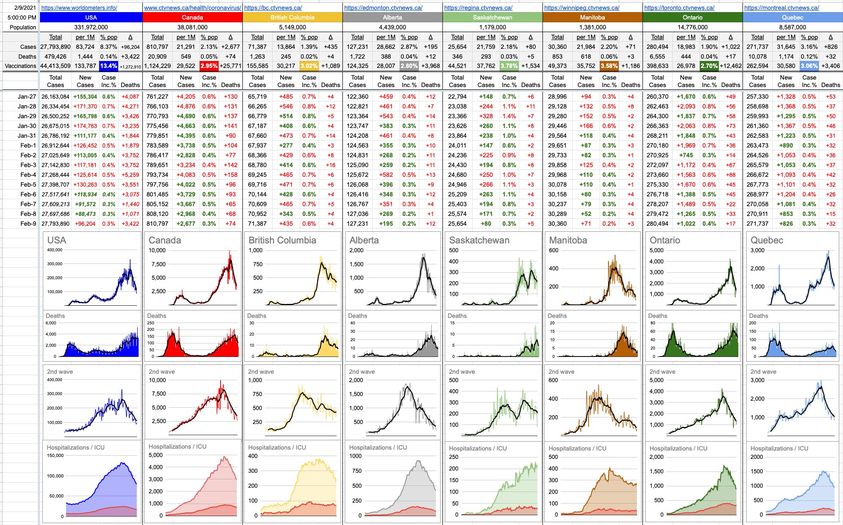April 8, 2021
A tiny glimpse of visibility with respect to how our federal government presently operates – and why we happen to find ourselves behind the 8-ball with respect to vaccines – is evident in the mandate letter sent to Anita Anand, Minister of Public Services and Procurement by Prime Minister Justin Trudeau, on January 15th.
But, let’s go back a little further… actually, a lot further.
At a gala held at the National Arts Centre on April 14, 1972, when Trudeau was only a year old, visiting U.S. president Richard Nixon famously raised his glass: “I’d like to toast the future prime minister of Canada, to Justin Pierre Trudeau!”, he proclaimed. Nixon was also later caught on his White House tapes, famously deriding that three-day trip: “… wasting three days up there. That trip we needed like a hole in the head.”
Two little take-aways from that… one is that if the person presently holding the office of Prime Minister had a last name like Smith or Jones, he probably wouldn’t be PM. He has a unique last name and the genetics to go with it, and they’ve taken him right to the top. Perhaps it was assumed that what he lacked in qualifications might be made up magically, with that last name… or, with experience, having been immersed in that life as a child, right from day one.
There might be an element of truth to that; if Justin hung around daddy enough back then and asked lots of questions, he’d certainly have had a very privileged viewpoint as to how things work. The problem is that Pierre Elliot Trudeau, love or hate the guy, was a true statesman. Whether he destroyed the country or helped shape it to what it is today – let’s set that argument aside. Either way, he was a true leader… and I suspect if he were in power today, we’d have lots of vaccine at our disposal.
But that aspect of leadership is not learned; it’s a personality type that requires a level of understanding and big-picture thinking that either you have or you don’t.
Which leads to the second little take-away… that a lot of government bullshit is a complete waste of time, but it’s necessary for the optics. Nixon called it for what it was… three wasted days of fluff. A gala? Pat Nixon delivering a stuffed Snoopy to Pierre and Margaret’s little boy? All while Nixon was facing some serious problems back at home. Like, you know, a war he was losing on the other side of the world.
Back to present day, this letter, publicly available of course… and, its optics. It’s a real work of art… and reading it, the first thing that comes to mind is that whoever wrote it knew that this document was going to live forever, and therefore, every single word needs to be perfect. Every single word, well-thought-out. Nothing is missing. It mentions every political issue imaginable, many of them irrelevant to the pressing issue at hand.
Emissions reduction targets, Gender-based Analysis, intersectional lens, Indigenous people, Métis, Inuit, LGBTQ2, persons with disabilities, reconciliation, self-determination, Yes, of course they’re all important issues… but instead of 3 pages on tangential issues, all of which are affected by the pandemic, how about one sentence: “Every Canadian deserves equal access to vaccines, and your job is to get it.”
Completely lacking in that document are actual targets. Zero deliverables. That part of it is difficult to figure out, but that’s the important part of it… not just inclusive (and vague) hand-waving. If I’d had a shot at it, my letter would’ve been a lot shorter:
“Anita, please go find as much vaccine as you can, as quickly as possible. Don’t be ok with signed documents and promises unless those documents have some clout to them; we need hard numbers with respect to delivery schedules, and they should agree to severe repercussions and/or reparations if they fail to live up to their end of it. Don’t be afraid to overpay to secure that – we can afford it. Don’t hesitate to leverage whatever we may have to offer. Trees, water, electricity, whatever. Don’t be afraid to charter some planes and waste some fuel. We can handle the political fallout from dumping excess carbon emissions into the atmosphere. For now, at this moment, this is more important. Getting these vaccines quickly and reliably is all that matters. We are scaling up a national vaccine program like no one has ever seen, and we need the product to fill the pipeline. Vaccine inventory can not be allowed to be the weak link in this chain. We don’t need 10 doses per Canadian next year. We need one dose… now.”
But, no… instead, we get a nice big fluffy document with zero teeth. It, literally, looks good on paper. So does cheque for a million dollars… until you try to cash it, and it bounces.
That’s the thing; it can’t just look good. It needs to actually work. And that’s perhaps the destiny of that mandate letter. It’ll be printed off on a huge sheet of fancy parchment and signed with a big feather and framed for all posterity… so that all of the grandkids of Canadians who survived the great pandemic of 2019-2022 can one day tour the great halls of Parliament Hill and look at it. And, as they slowly walk by it, say something… like… “Huh.”


